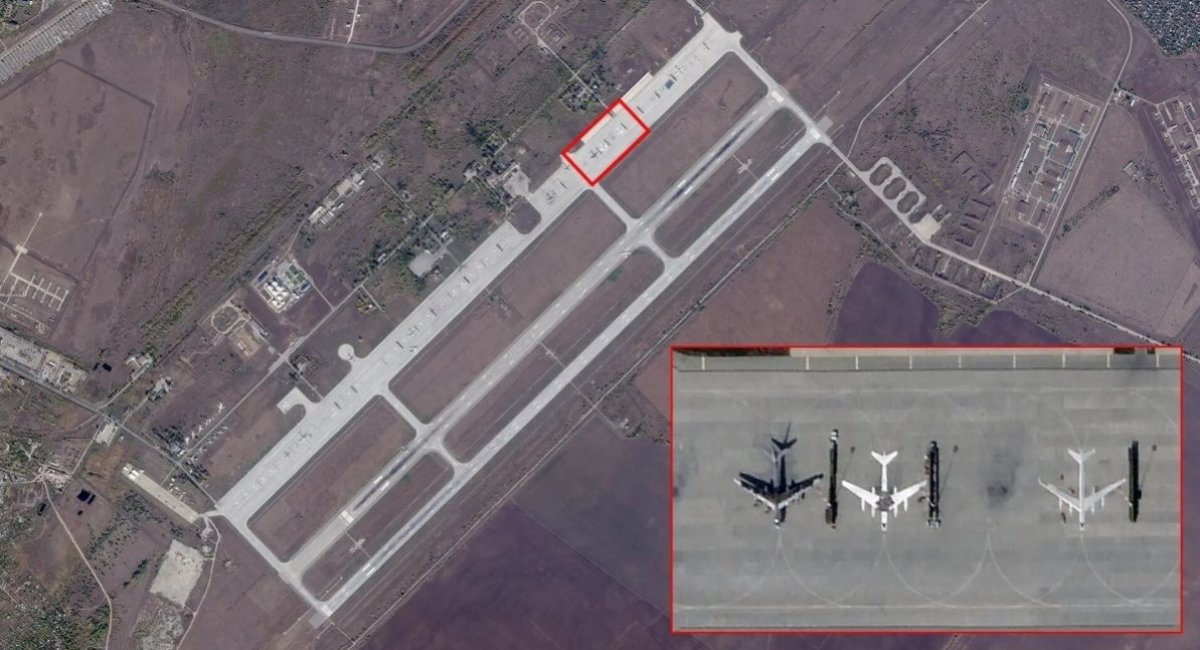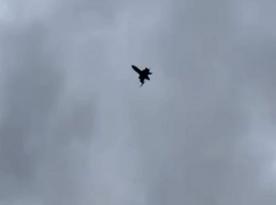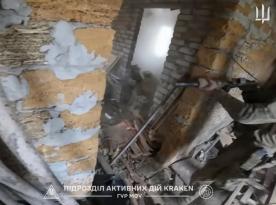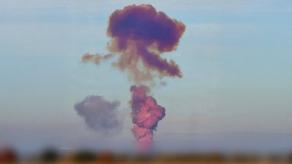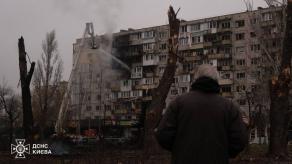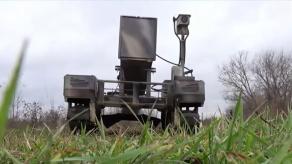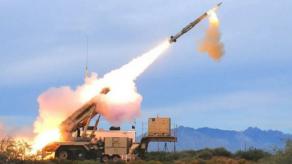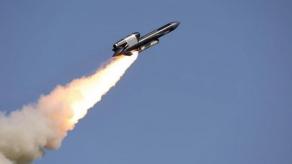Russian military doctrine places high emphasis on the use of camouflage and deception techniques (often known as maskirovka) to enhance the survivability of russian forces, as well as conceal their operational intent. The lack of effective employment of maskirovka was one of russia’s key operational failures in the early phases of the full-scale invasion of Ukraine, according to the UK Defense Intelligence.
Russian forces have highly likely been making efforts to increase and improve their employment of maskirovka techniques to mitigate the heavy losses sustained over the past two years in both the Black Sea Fleet and Aerospace Forces.
Read more: The UK Defense Intelligence Analyses russian Defense Minister Visit to BSF Command Post and Measures to Counter UAV/USV Threat
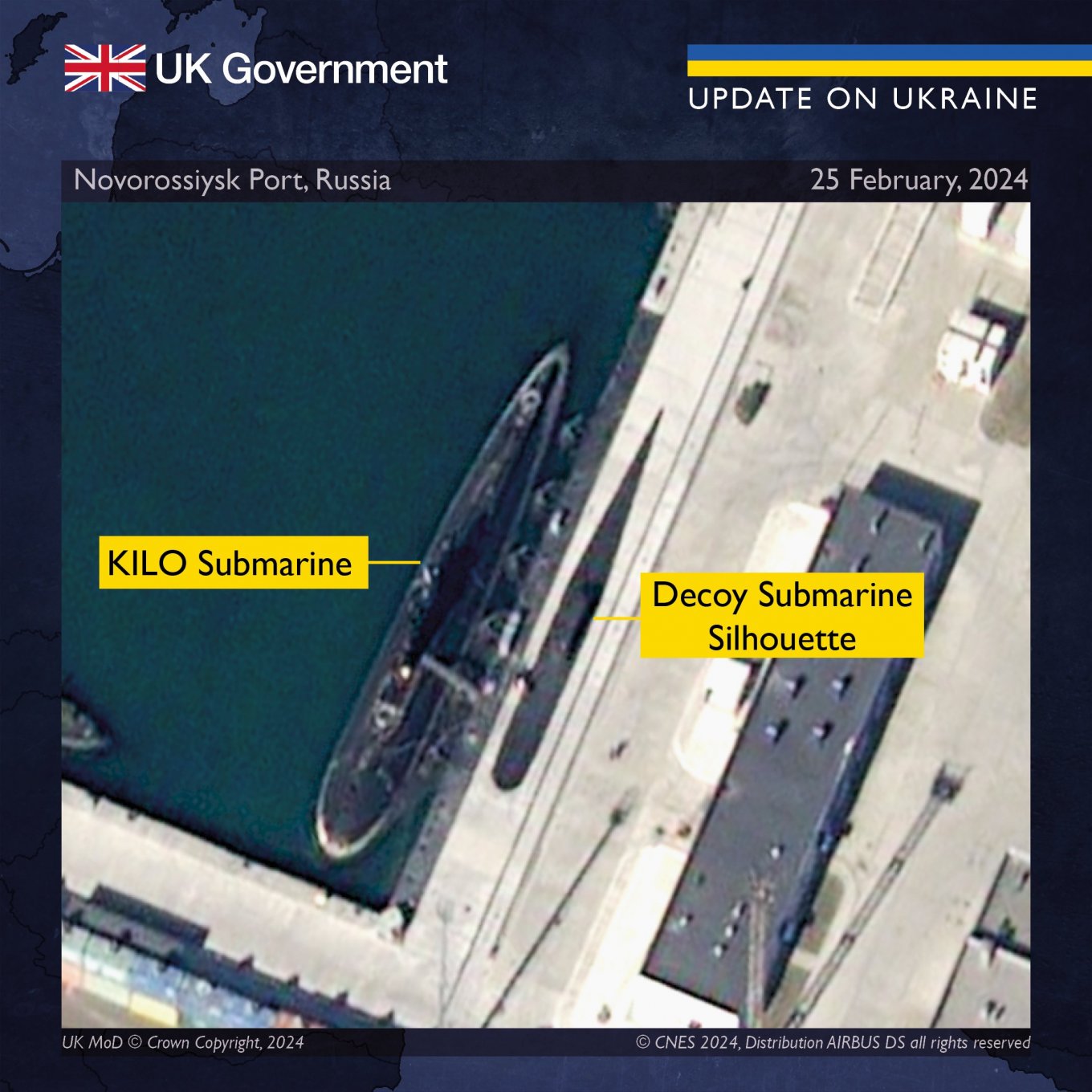
At russian air bases, maskirovka applications include decoy dummy models of aircraft and tyres on wings of planes. According to reports there are also painted silhouettes of airframes at nine russian air bases. In the maritime domain, vessels of the Black Sea Fleet have black paint on the bow and stern, likely to make their warships appear smaller and a less appealing target. Silhouettes of vessels have also been painted on the side of quays, probably to confuse Ukrainian unmanned aerial vehicle operators.
Despite these attempts at concealment, russian aircraft are still vulnerable to conventional shootdowns while in the air and russian vessels are still vulnerable whilst on operations in the Black Sea. It is unlikely that the use of maskirovka techniques will lead to any significant reduction in losses.
Read more: The UK Defense Intelligence: Over Half a Million russian Men Aged 31-59 Classified as Disabled




